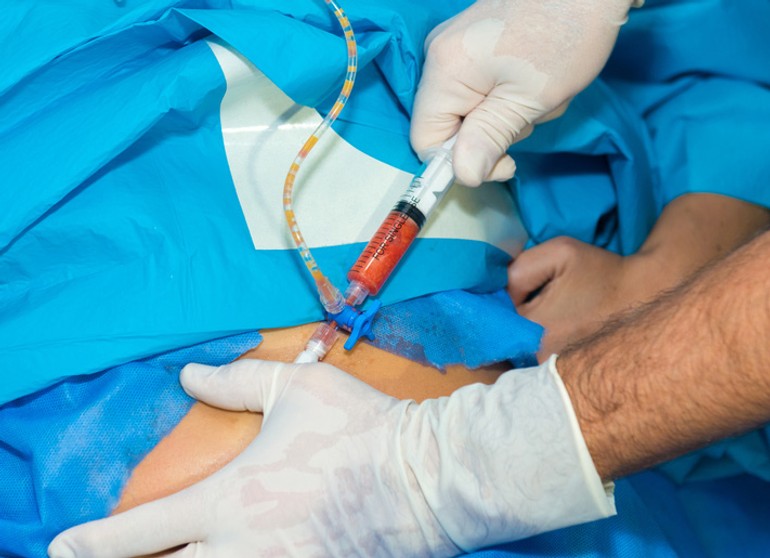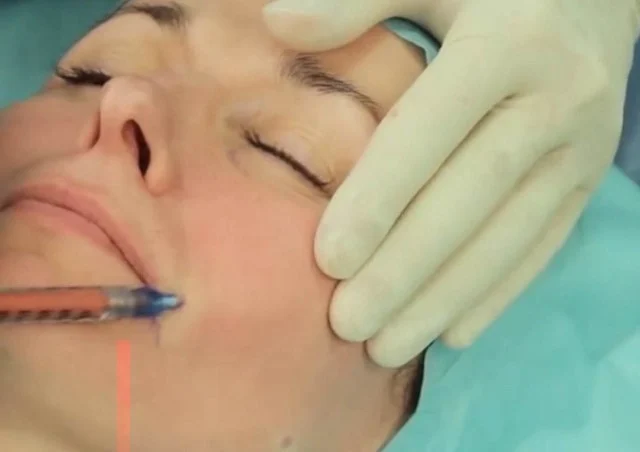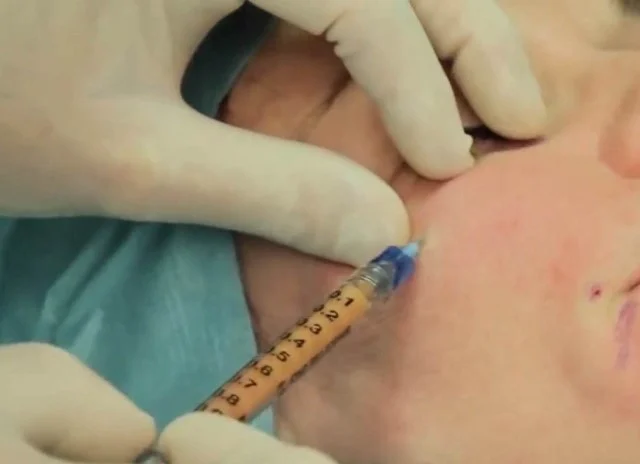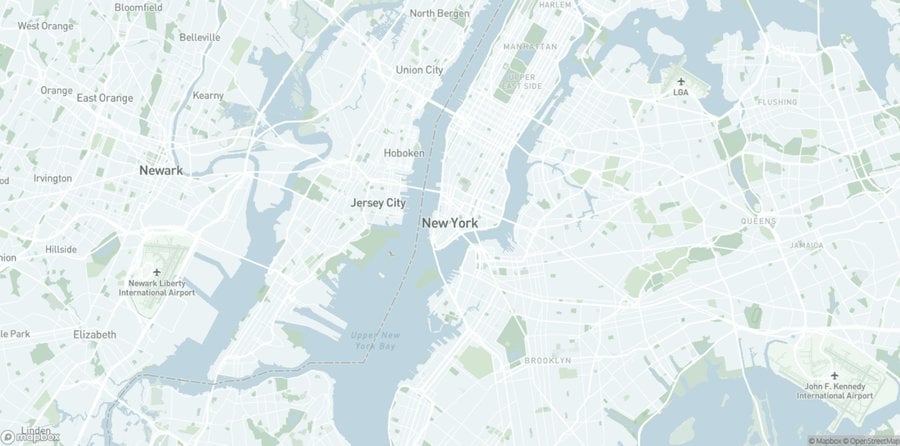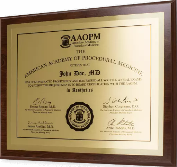8:30am–9:00am
Registration.
9:00am–10:00am
Speaker Introduction, Market Size, Benefits to Patients, and viability of offering Fat Grafting Procedures in your medical practice. Physician patient selection: pre-operative assessment, preparation, and evaluation of potential patients. Pre-operative test workup for patients with a past medical history contradicting treatment. Initial consultation, concerns, and desired outcomes for patients. Introduction to Tumescent Anesthesia, Pharmacological Solutions, and other patient considerations.
10:00am-10:15am
Break
10:15am–11:15am
Advantages and disadvantages of performing Tumescent Anesthesia. Klein Formulation, modified tumescent options, and the influence on adipose tissue. Protocols and guidelines for anesthesia including approximate volumes according to body site. Review pharmacodynamics and pharmacokinetics of anesthesia options and “standard of care” guidelines possible complications. Review the harvesting (extraction of fat) procedures using the various liposuction techniques including limitations and influence on adipose tissue. Anatomical areas for the safe harvesting for liposuction (donor sites) including port sites of entry and access points.
11:15am–12:30pm
Review the male/female gender differences including the quality of fat, ease of removal, and the ability to contour. Response to tumescent anesthesia, fibrous fat, and superficial fat deposits of males in comparison with females. Histology of fat, specific areas of adherence for harvesting, and adverse events for associated risks and complications associated with the procedure (i.e. accumulation of fat particles, fat emboli, excessive ecchymosis and edema, and asymmetries).
12:30pm–1:30pm
Lunch (on your own).
1:30pm–3:15pm
Manual Aspiration and Power Aspiration procedure, objectives for fat transfer, new equipment technologies, centrifuging of fat, and low vacuum aspiration and snap-syringes for fat harvesting. Possible areas of the face, fat pad (deposits) anatomy, marked patient areas of injection, patient considerations for correction. Injection methods including established protocols and guidelines for suggested levels (amounts) of lipogems injection including per injection volume. Review blunt tip cannulas for reinjection, disposable cannulas, by needle injections, nano-fat preparation, and fat autograft muscle injection (FAMI). Demonstration of the facial procedure using anatomical models.
3:15pm—3:30pm
Break
3:30pm–4:30pm
Augmentation of the buttocks, indications and options including treatment pearls, injection techniques, port entries for reinjection, and volume considerations. Review other body areas for fat transfer augmentation including hands and breasts. Post procedure review, need for “touch-ups” and additional treatments for augmentation. Before and After Photo Gallery and video of a complete autologous fat micro grafting procedure of the face.
DISCLAIMER: The following is a summary of the course agenda. The full course agenda will be emailed to you a few days prior to the course. If you have any questions or need additional information, please contact our office.

